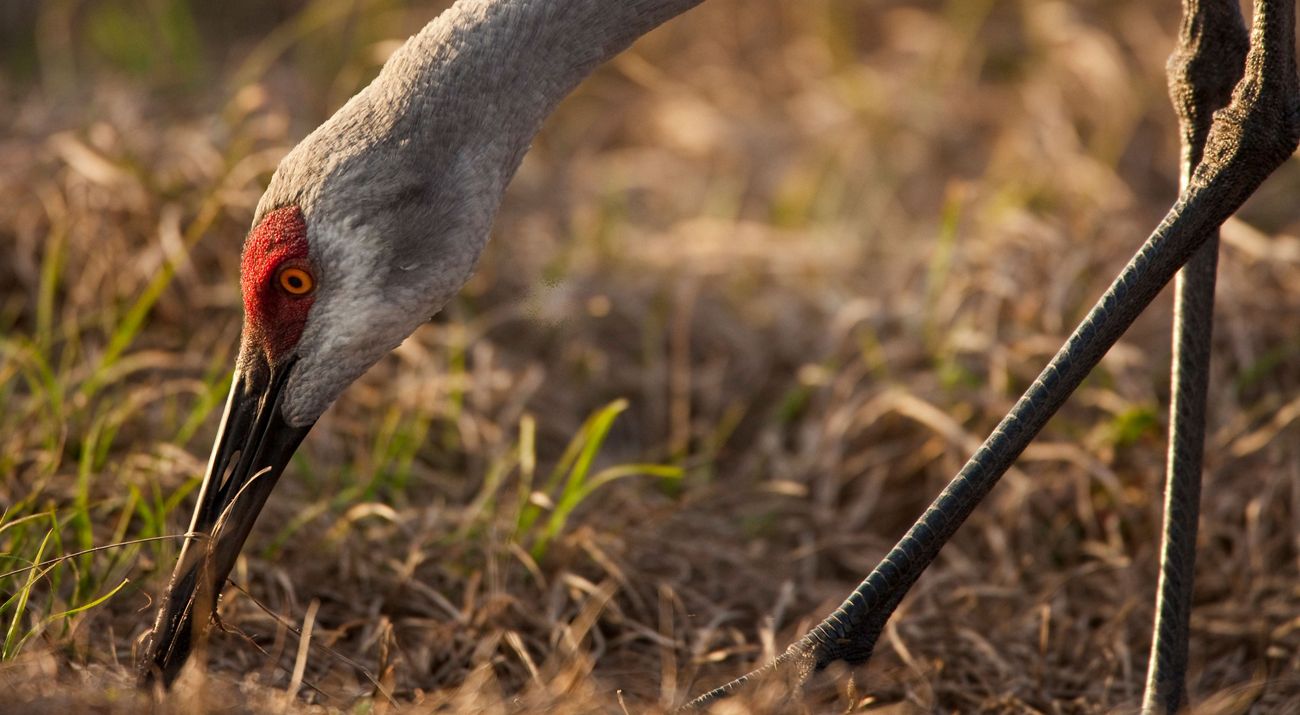Description
In early spring, visitors to Anna Gronseth Prairie will not want to miss observing the greater prairie chicken on its booming grounds, or "leks." Another highlight is the spring and fall migrations of sandhill cranes. Because of its large size, the preserve affords one the opportunity to experience what Dakota Indians and early settlers must have felt as they hiked through the vast, unfragmented acres of tallgrass.
Why the Conservancy Selected This Site
Records indicate that much of the Anna Gronseth Prairie was used by early settlers for agriculture. A house and barn were constructed on the property in 1935, but those structures no longer remain. To protect habitat for the greater prairie chicken (a species of special concern in Minnesota), The Nature Conservancy acquired the first 160-acre tract from Anna Gronseth in 1973, with additions purchased periodically from 1974 through 1999.
What the Conservancy Has Done/Is Doing
Six hundred forty-eight acres were transferred to the state of Minnesota in 1993 and named Rothsay Wildlife Management Area. To maintain the integrity of the native prairie, the Conservancy uses prescribed burns in its management. Stewards also control invasive weeds on a yearly basis at Anna Gronseth Prairie.
